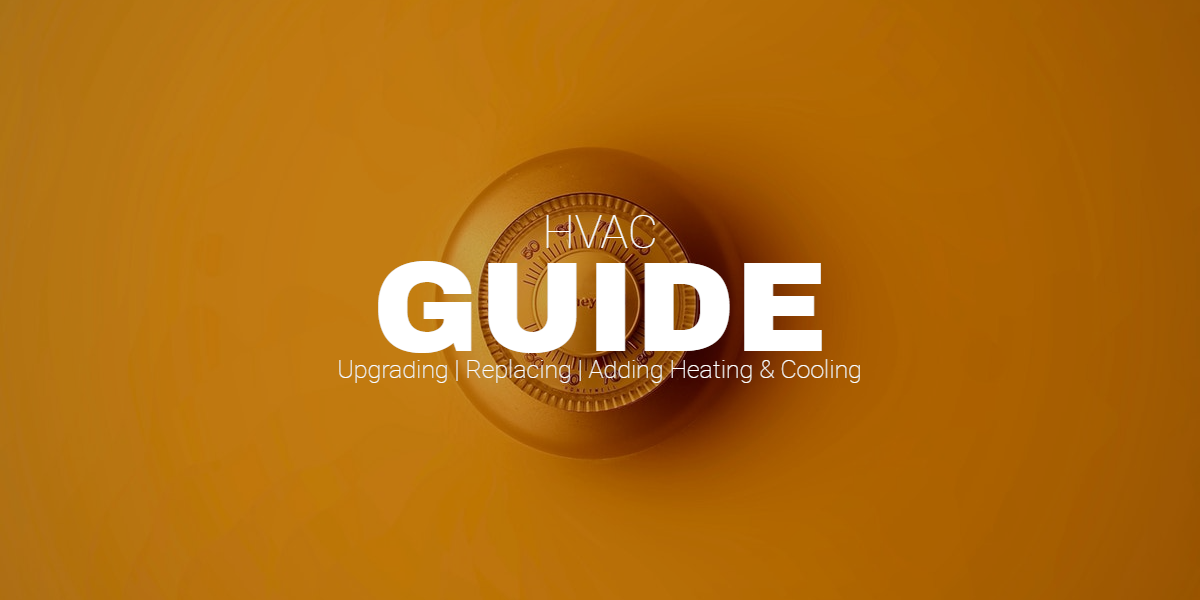Your heating and cooling system is essential to your comfort throughout the year. This article will help you understand how your HVAC system works including the most popular heating and cooling systems for homes, basic terms and technology, tips to save energy with your home’s heating and cooling, and basic maintenance recommendations.
Thermostat Settings
There’s no shortage of recommendations on how to adjust your home temperature, but the truth is that the right settings make a huge difference in comfort and energy savings. The best thermostat setting for winter and summer depends on when your family will be home, as well as the outside temperature.
A general rule of thumb is that 68 degrees is the ideal balance between comfort and energy efficiency, according to ENERGY STAR. For the best results, raise that temperature when you are home during the daytime and lower it at night or while you’re away.
Using a programmable thermostat can help you achieve the most energy efficient thermostat setting for winter and summer. A programmable thermostat allows you to set different temperatures for each day of the week, and your system will automatically turn up or down based on a schedule you create. This can reduce your energy use, but be sure to consult your owner’s manual for specific instructions on how to program your unit.
The “wake” setting should be set at the time you’re planning on waking up, and the same should go for the “sleep” and the “away” settings. You can also set the “return” option for fifteen-to-thirty minutes before you expect to return, so your house won’t cool down too much while you’re gone.
Another great way to save energy is to use ceiling fans in winter, as they will improve heat distribution throughout your home. Similarly, use your air conditioning to its full potential in summer to keep your home cool and comfortable without spending more on electricity.
Your indoor humidity levels can also affect your home comfort and your health. High indoor humidity can promote the growth of mildew and mold, which may lead to a variety of health problems, including allergies and sinus infections. Low humidity levels can cause dry nasal passages, which can lead to nose bleeds and exacerbate breathing problems for people with asthma or other respiratory conditions.
In order to avoid these issues, it’s important to maintain the proper humidity levels in your home and to change your HVAC settings seasonally as the outdoor climate changes. Additionally, be sure to keep your thermostat in a central location in your home and away from drafts, direct sunlight, or electrical appliances that emit heat.
Air Leaks
Air leaks are one of the biggest reasons that homes struggle to keep comfortable. They allow unwanted outside air into a house, which can cause indoor drafts and breezes. They also allow heated or cooled home air to escape, which wastes energy and makes it harder for the HVAC system to maintain your desired temperature.
Leaks can occur anywhere in a house, including through walls, floors, and ceilings, around doors and windows, electrical sockets and switches, fireplaces, crawl spaces, attics, and dryer vents. Often, they occur in the main unit and the large ducts that run throughout the home.
The best way to feel for unwanted airflow is to turn off your furnace and fans, close all the exterior doors, and walk through your house with your hand placed on any wall where it meets a window or door frame, light switch, or electrical outlet. If your hand feels a draft, there is probably an air leak.
Maintenance
Your HVAC system is the foundation of your home’s comfort. It keeps you cool in the summer and warm in the winter. It’s important that you maintain it well in order to prevent problems. A good place to start is by looking at your manuals. Manufacturers will typically have set maintenance periods that they provide for their systems. This can help you determine a maintenance schedule and options that will be right for your system.
The first thing you should do is double check your thermostat settings. It may seem like a simple step, but it’s surprisingly common to overlook it. It’s also a great idea to look for air leaks and make sure that your ducts are properly maintained. You can also download our easy HVAC maintenance checklist for your convenience. This will save you time and money in the long run. It can also prevent your AC from breaking down when you need it most.
